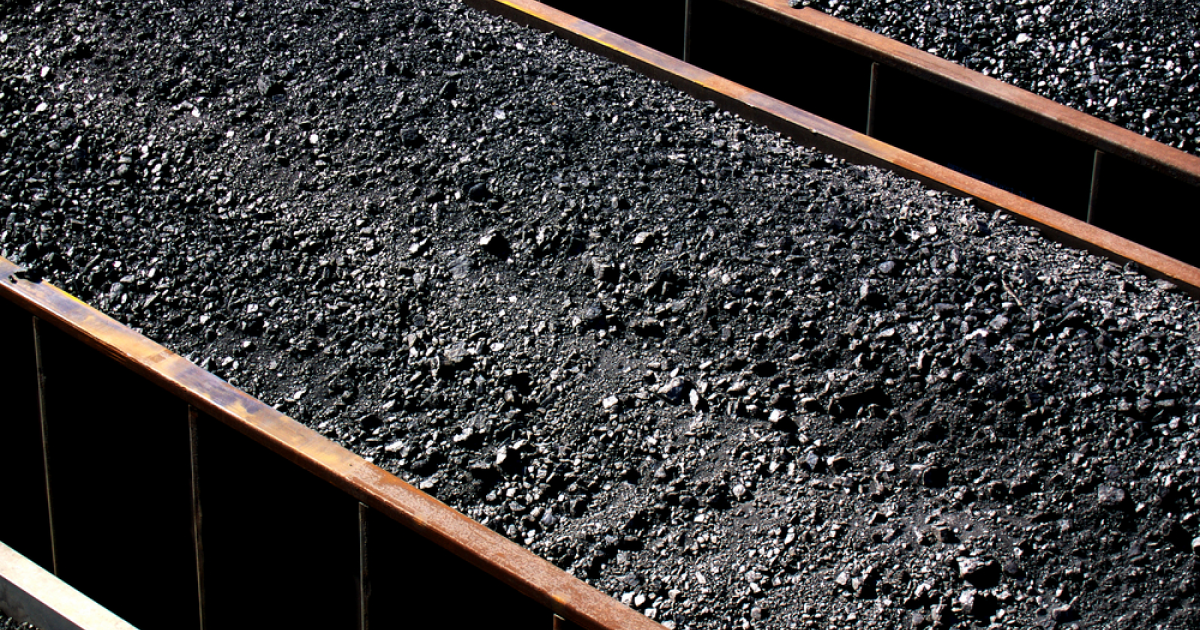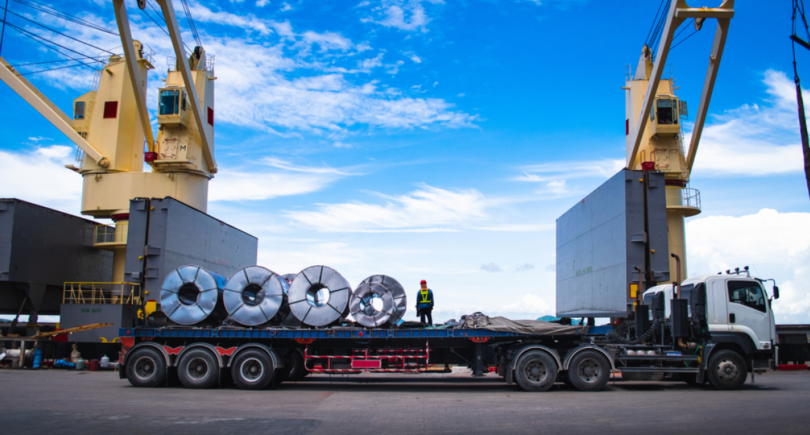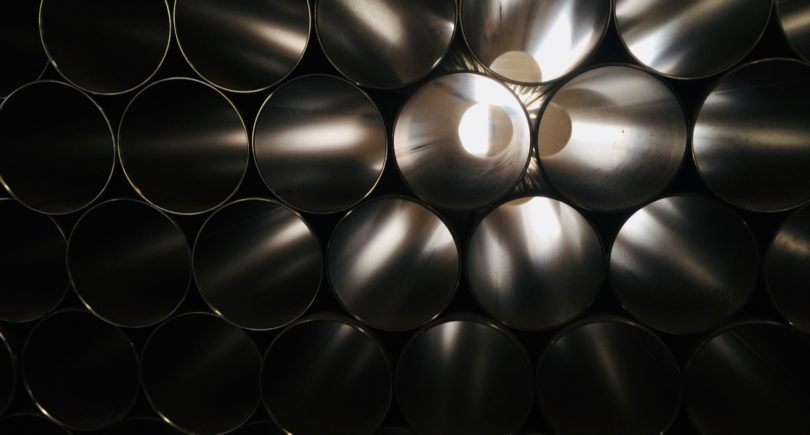
News Global Market Australia 1988 09 February 2025
Deliveries to India and China fell sharply due to weak demand
Exports of Australian coking coal in January 2025 experienced a significant monthly drop, decreasing by 23% to 11.33 million tons from 14.73 million tons in December 2024. This is reported by BigMint.
The reasons for the decline were limited supplies from major producers at the end of 2024, weaker demand and changes in trade flows. Year-on-year, exports of raw materials increased by 5%.
India and China, the key importers of Australian coking coal, experienced a significant reduction in supplies. Deliveries to India fell by 23% m/m – to 2.52 million tons, and to China fell by 53% m/m – to 0.84 million tons. Shipments to Japan also fell by 47% – to 1.94 million tons. At the same time, South Korea was an exception, increasing imports by 25% m/m – to 1.78 million tons.
The decline in exports was reflected in the performance of major Australian ports. Dalrymple Bay Coal Terminal (DBCT) recorded a 14% drop in shipments, while Gladstone Port – by 13%. Hay Point and Abbot Point ports experienced an even bigger decline – by 41% and 31% respectively. The ports of Kembla and Newcastle reduced shipments by 26% and 18%.
The average price of Australian coking coal in January decreased by $7/t m.m. to $193/t FOB. The decline is attributed to weaker steel demand and caution on the part of major importers.
Despite the current difficulties, long-term demand for Australian coking coal remains stable. Analysts predict that exports may recover in the coming months, depending on trends in the steel industry, trade policy and potential supply disruptions from competitors.
In its December review, Fitch Ratings raised its iron ore price forecast for 2024 to $110/t and left its expectations for coking coal unchanged. The price of the latter is expected to reach $190/t in 2025 and $170/t – in 2026.




